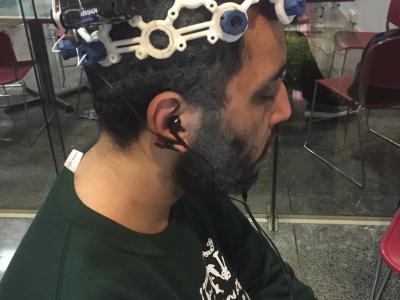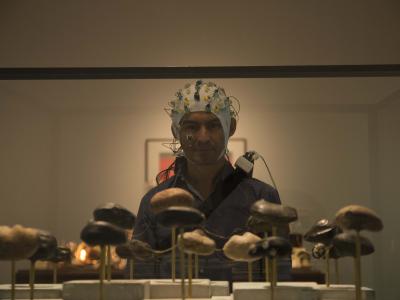The Voltammetry-Based Sensing (VBS) methods are extremely interesting due to high specificity in several biochemical applications. Several considerations can be applied to use this method to measure different analytes, and implement efficient and optimized electronic measurement platform for point-of-care diagnostic, in wearable, portable, or IoT systems. The dataset contains the data presented in [1], which proves on real experimental data a method to define the optimized setup to develop efficient and electronic bio-sensing platforms.





